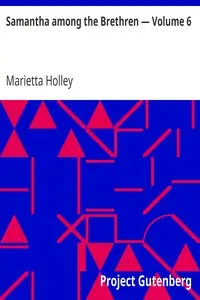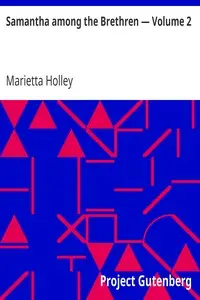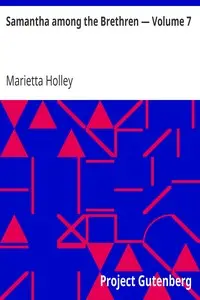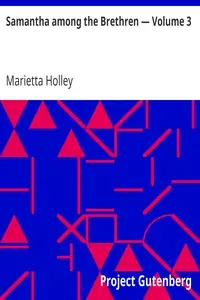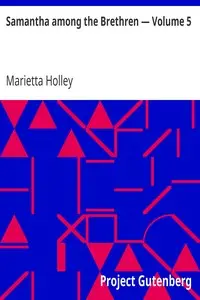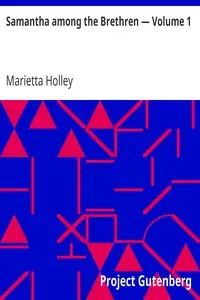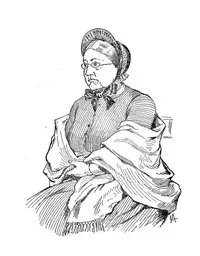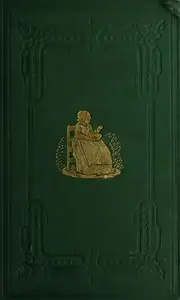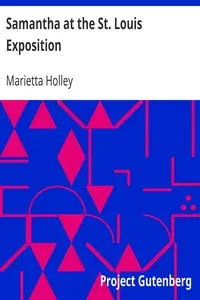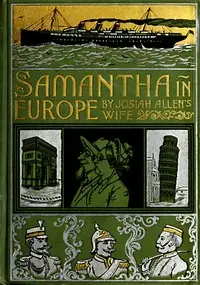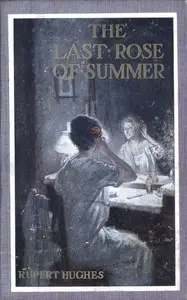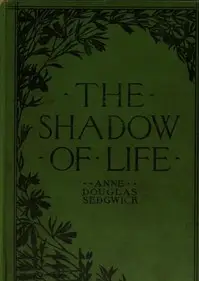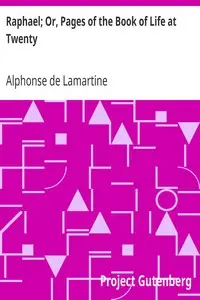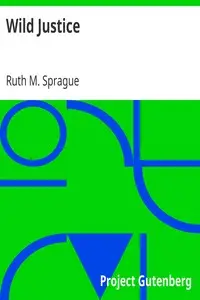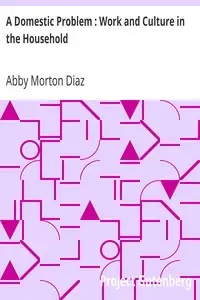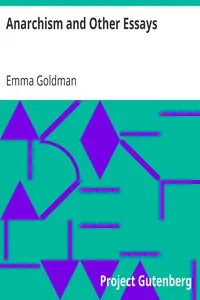"Samantha among the Brethren — Volume 4" by Marietta Holley is a funny story from the late 1800s about a clever woman named Samantha and her thoughts on life. The story pokes fun at people's strong religious feelings and the way society works, showing how silly some beliefs can be by looking at how the characters act and what they believe. In this adventure, Samantha deals with her neighbors as they get ready for what they think will be the world ending. The book introduces interesting people, like Trueman's wife and Joe Charnick, whose strange beliefs shape how they interact. As everyone gets worked up about the end of the world, Samantha shows her practical side. Holley uses funny stories to show how ridiculous it can be to blindly believe something and how complicated people can be. This all leads to a funny ending when the world doesn't end, and everyone has to figure out what to do next.
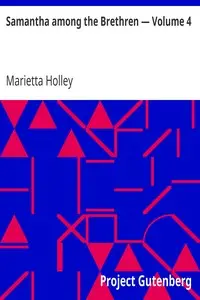
Samantha among the Brethren — Volume 4
By Marietta Holley
As neighbors prepare for the world to end, a witty woman's practical outlook hilariously clashes with their fervent beliefs when doomsday doesn't arrive.
Summary
About the AuthorMarietta Holley, was an American humorist who used satire to comment on U.S. society and politics. Holley enjoyed a prolific writing career and was a bestselling author in the late 19th century, though she was largely forgotten by the time of her death. Her writing was frequently compared to that of Mark Twain and Edgar Nye. Along with Frances Miriam Whitcher and Ann S. Stephens, Holley is regarded as one of America's most significant early female humorists. Her work appealed to all classes of society. Her readers were scattered over the entire world, and included men and women of every station and grade. Her books were widely read in Europe.
Marietta Holley, was an American humorist who used satire to comment on U.S. society and politics. Holley enjoyed a prolific writing career and was a bestselling author in the late 19th century, though she was largely forgotten by the time of her death. Her writing was frequently compared to that of Mark Twain and Edgar Nye. Along with Frances Miriam Whitcher and Ann S. Stephens, Holley is regarded as one of America's most significant early female humorists. Her work appealed to all classes of society. Her readers were scattered over the entire world, and included men and women of every station and grade. Her books were widely read in Europe.

